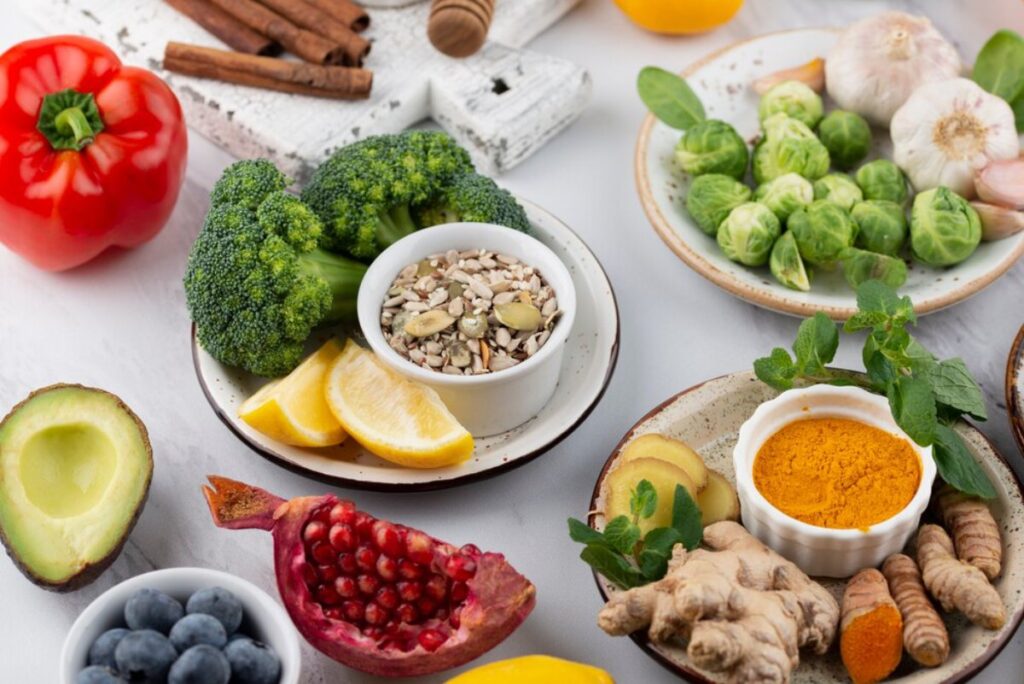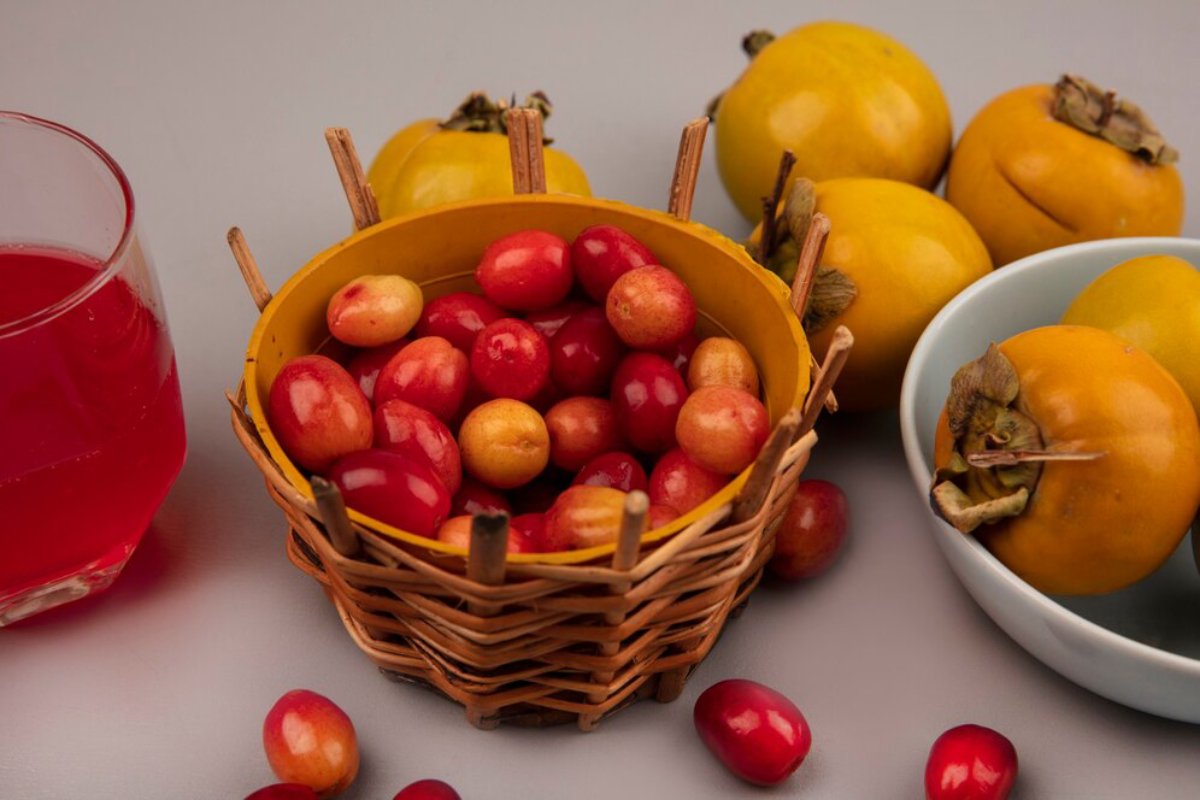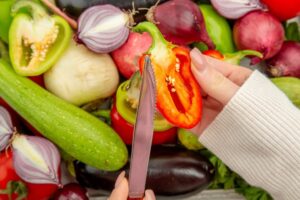The Health & Wellness Blog

Indigenous Foods with Anti-Inflammatory Benefits
For centuries, Indigenous peoples have depended on food traditions. These traditions help support health and develop a relationship with the land. These diets are rooted in local ecosystems and cultural knowledge. They are rich in nutrients and have a potent anti-inflammatory effect.
Science is finally starting to figure out what indigenous cultures have known for aeons. The seasonal diets yield many health benefits, particularly in curbing inflammation. Chronic inflammation may be reduced by native foods such as North American wild berries and Australian bush tomatoes. Native foods like wild berries from North America and bush tomatoes from Australia may reduce chronic inflammation. They also promote overall wellness.
Why It Matters: Chronic Inflammation and Modern Diet Challenges
Chronic inflammation is sometimes referred to as a “silent killer.” It causes heart disease, type 2 diabetes, obesity, arthritis and cognitive decline. Most of it comes from ultra-processed foods, sugar overload, refined oils, and low fibre — dietary features common in modern diets.
But traditional eating includes mostly as natural and unprocessed food. Many of these foods are foraged or sustainably grown. They are packed with antioxidants, omega-3s, fiber and healing compounds. Traditional wisdom The food that people have sought as a prevention and healing offers a strong guide.
Key Benefits of Indigenous Anti-Inflammatory Foods
1. Rich in Phytonutrients and Antioxidants
These compounds neutralise free radicals, protecting cells and boosting immune health.

2. Naturally High in Omega-3 Fatty Acids
Cold-water fish, such as salmon and mackerel, are staples in many coastal Indigenous diets from the Arctic to the Pacific Northwest. These fish are rich in omega-3s, essential fats that significantly lower inflammation.
3. Fibre-Dense and Gut-Friendly
Root vegetables, wild greens, and seeds are high in dietary fibre. This fibre helps gut health and boosts anti-inflammatory bacteria. A balanced gut microbiome is key for controlling the immune response. It also helps lower chronic inflammation.
4. Adaptogenic and Medicinal Plants
Many traditional diets feature herbs and botanicals for flavour and healing properties. Examples include:
- Yerba maté (South America): Rich in polyphenols and caffeine, it supports antioxidant activity.
- Wattleseed (Australia): High in protein, fibre, and minerals, known for its soothing effects.
- Devil’s claw (Africa): Traditionally used for joint inflammation and pain relief.
Indigenous Foods from Around the World That Fight Inflammation
North America: First Nations & Native American Staples
- Wild Blueberries: Higher in antioxidants than cultivated varieties; protect against cell damage.
- Salmon: Especially wild Pacific salmon, rich in omega-3s and vitamin D.
- Chia Seeds: A staple in Aztec and Mayan diets, rich in alpha-linolenic acid (ALA).
- Maple Water: Lightly sweet sap from maple trees—low in sugar, high in polyphenols.

Central & South America: Indigenous Amazonian Superfoods
- Camu Camu: A small Amazonian fruit with high vitamin C, vital for immune support.
- Quinoa: A complete protein, rich in anti-inflammatory phytonutrients like flavonoids.
- Cassava: An easy-to-digest carbohydrate rich in resistant starch that feeds healthy gut bacteria.
Australia: Aboriginal Bush Foods
- Kakadu Plum: Contains up to 100 times more vitamin C than oranges, supporting collagen synthesis.
- Bush Tomatoes: Small but powerful, high in antioxidants and potassium.
- Lemon Myrtle: A fragrant herb with strong antimicrobial and anti-inflammatory properties.
Africa: Traditional Tribal Healing Foods
- Baobab Fruit: High in vitamin C, antioxidants, and fibre—supports gut and immune health.
- Fonio Grain: An ancient West African grain, gluten-free and easy to digest.
- Moringa Leaves: Packed with vitamins A and C, calcium, and iron—a strong anti-inflammatory and immune booster.
Additional Expert Tips & Common Mistakes to Avoid
Smart Ways to Incorporate Indigenous Foods Today
- Start with simple swaps: Replace refined grains with amaranth, quinoa, or millet.
- Add functional fruits: Include wild blueberries or camu camu powder in smoothies or oatmeal.
- Stock your pantry with seeds and grains: Chia, flax, and fonio are easy to add to meals.

Common Mistakes to Avoid
- Relying on processed versions: Some “superfoods” are highly processed or mixed with additives. Always check for purity and sourcing.
- Over-consuming rare ingredients: While some foods are powerful, moderation is key. Variety is more beneficial than excess.
- Ignoring the cultural roots: These foods tie to cultural heritage. Choose brands that partner with native communities or support ethical harvesting.
Advanced Insights and Expert Recommendations
The Cultural Relevance of Food as Medicine
Indigenous cultures see food as more than sustenance; it’s medicine, community, and spiritual connection. Meals are prepared mindfully, often with rituals that encourage gratitude. This mindset supports overall health and reduces stress. Both are key for managing inflammation.
Reconnecting with Ancestral Eating Patterns
Health professionals often recommend a return to ancestral eating patterns. These diets are rich in nutrients. They fit well with our body clocks, seasonal foods, and methods like fermentation. These ancient traditions resonate with Indigenous wisdom, offering a guide for restoring balance.
Indigenous Knowledge in Scientific Research
Recent studies validate the anti-inflammatory properties of Indigenous foods. Many native plants and whole foods can work as well as or better than pharmaceutical anti-inflammatories. They also have fewer side effects.
Nutritionists and ethnobotanists want to work with Indigenous leaders and food experts. This helps use and share foods in a respectful and sustainable way.
Healing Through Heritage
Indigenous diets are more than food — they are a map for being in right relation with the body and the land. By preparing and eating foods from our cultural context, we begin to reconnect with mindful eating. This approach combats inflammation and pays homage to those who have handed down these foods through the generations.
If you want to quell inflammation naturally, go with what has proven to be mad strong.
Wild berries added to breakfast, ancient grains used in cooking, herbal tea sipped — all heal. Each bite is a chance to nourish your body.









